35% of the wine in Piedmont is white
We are now on the third part of our little series about Piedmont. I have in previous articles on Piedmont talked about the red wines with a focus on the wines made from the Nebbiolo grape. This is undoubtedly the most important grape in Piedmont. We also talked a lot about Barbera that is a grape that gives more “everyday” wines and thus account for a large part of the total production.
There are also other interesting red grapes, Dolcetto, for example. But if you look past all the stunning reds produced here, there is a surprisingly large spread of different white grapes in this region. In total actually about 35% of the grapes grown in the Piedmont region are white.
Read all the articles in the three-part series on Piedmont’s wines:
- An introduction to Piedmont with three recommended producers
- Slow Wine from Piedmont: Cantalupo, Icardi, Mossio
- Piedmont’s white wines; to be discovered!
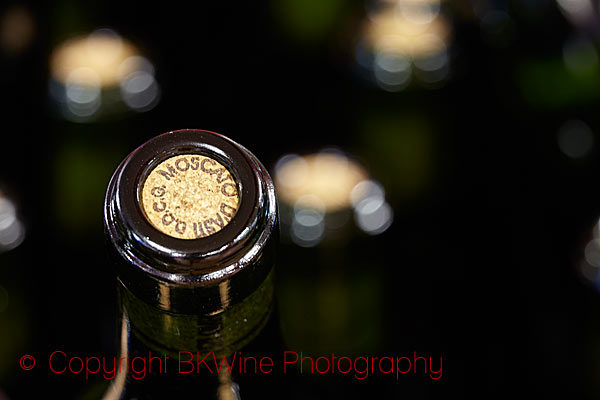
Moscato d’Asti
Perhaps the most famous white wine from Piedmont is the very light and sparkling wine Moscato d’Asti. The alcohol content is often surprisingly low and the sweetness is often quite generous. Mocasto from Asti can be made in two different types; frizzante is the lightest, with low alcohol, often around 5% to 7%. The wine is fermented in a pressure tank and the carbon dioxide thus comes from the initial fermentation and not, as in Champagne, during secondary fermentation in the bottle. This does not give a particularly high pressure of carbonic dioxide and a frizzante is below 2.5 bar. Spumante has higher alcohol and also a higher amount of carbon dioxide, resulting in a pressure of at least 3.5 bar.
The reputation of these wines has long been quite low, but in recent years the quality has in some cases taken considerable steps forward. At the same time, more focus has been on what the wines are good at and I think they fit very well with spicier food.
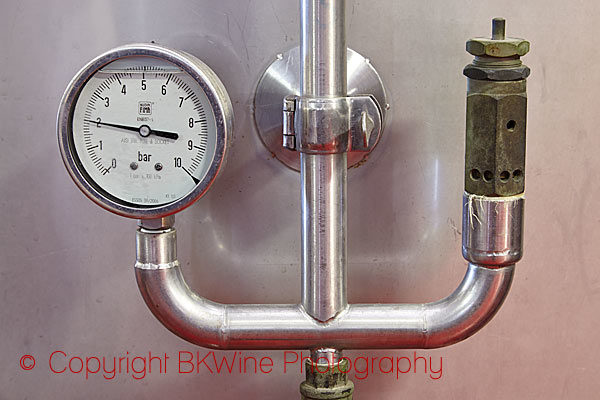
Cortese
Next white grape is Cortese. This grape has made its reputation from the wines produced in Gavi. Here Cortese gives wines that in many cases are among the most expensive white wines produced in Italy. The wine must contain at least 85% Cortese but the norme is 100%.
These wines often have a ton of citrus and clearly marked acidity. The high acidity makes it important to keep yields low because otherwise there is a risk that the wine will be too light. It can lead to that the acid takes over and the wine feels unbalanced. With a little time, these wine develop more honey-like tone.
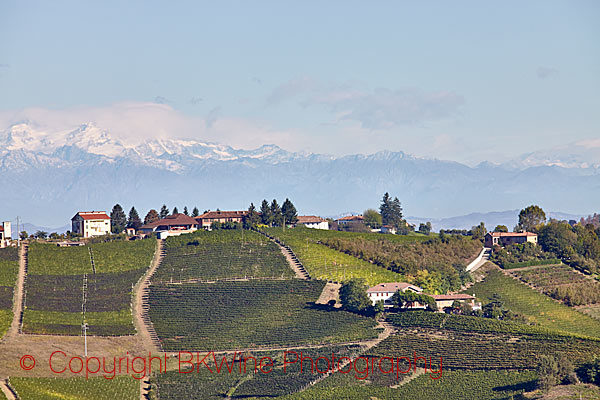
Arneis
Arneis is a white grape variety of the Roero and is very aromatic. I sometimes think that it is like a blend of Sauvignon Blanc and Gewurztraminer. Traditionally Arneis was used to soften the often harsh edges nebbiolo wines. But like many other local grapes Arneis has in recent years embarked on a journey to become a popular white wine grape in its own right. In Roero the white wines should contain 100% Arneis. (Unfortunately, this grape is hard to come by in Sweden, there are only a few in the on-order range. In Piedmont tasting however, there were a couple of interesting wines to try.)
Bel Colle
They showed a Roero Arneis 2014, Bel Colle Roero Arneis DOCG 2014. The wine was very fruity and had a lot of floral notes. There were also some gooseberries. The acidity was relatively low. I thought the wine was great fun to try. Perhaps not the tastiest I have drunk but certainly different and well worth trying if you get the chance. 83 p.
Malvirà
Had also a Roero Arneis vintage 2014, Malvira Roero Arneis DOCG 2014. This wine had an incredible floral scent. The acidity was also here quite low and the finish showed some sweetness. A wine that could go down very well in summer. 80p
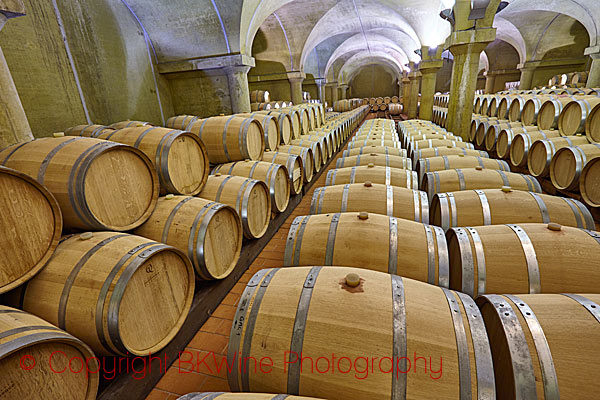
Favorita, Erbaluce, Chardonnay and others
The list of grapes does not end here. Favorita is another grape grown in Piedmont and can be used both as a table grape and for wine production. Favorita is very similar to Vermentino but they are still considered to be different grape varieties. Favorita often gives very light wine with a faint aroma of pears.
Erbaluce is another white grape grown here. The very high acidity makes it interesting for the production of dessert wines, which is well displayed in the Erbaluce di Caluso.
Chardonnay is also grown and are available in all forms and shapes. There are also some other grapes grown to a lesser extent.
Tobias Karlsson writes on BKWine Magazine on wine tastings with wine merchants and importers.
If you are curious to know more you can read BKWine’s brand new book about Piedmont wines. (Unfortunately so far only available in Swedish.)
[box type=”info” style=”rounded” border=”full”]Piedmont has a wealth of exciting wines with Barolo and Barbaresco at the top of the pyramid, but it also has a great gastronomy. Discover both the food and the wines on a wine tour in Piedmont with BKWine.
Travel to the world’s wine regions with experts on wine and the specialist on wine tours.
The best wine tours imaginable. BKWine wine tours.[/box]
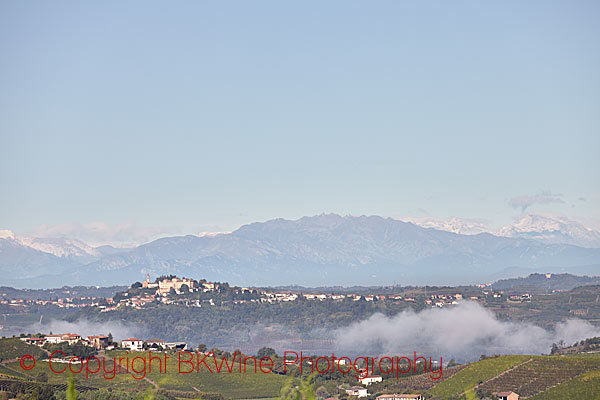


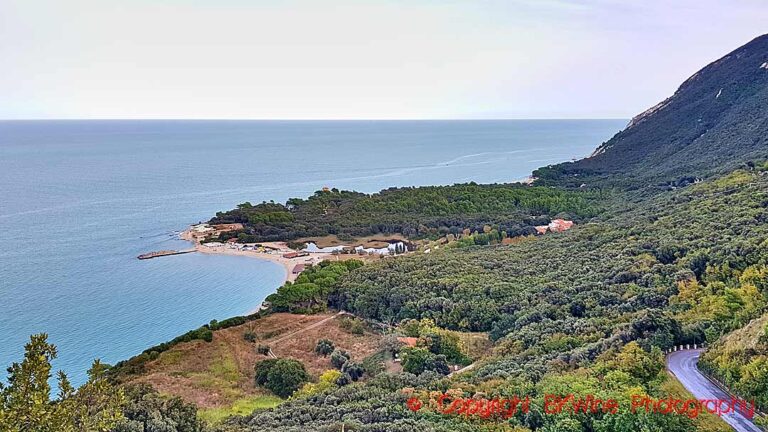
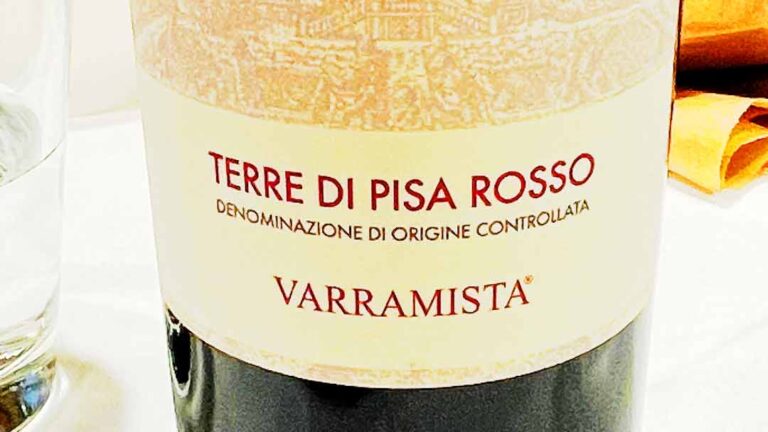






One Response